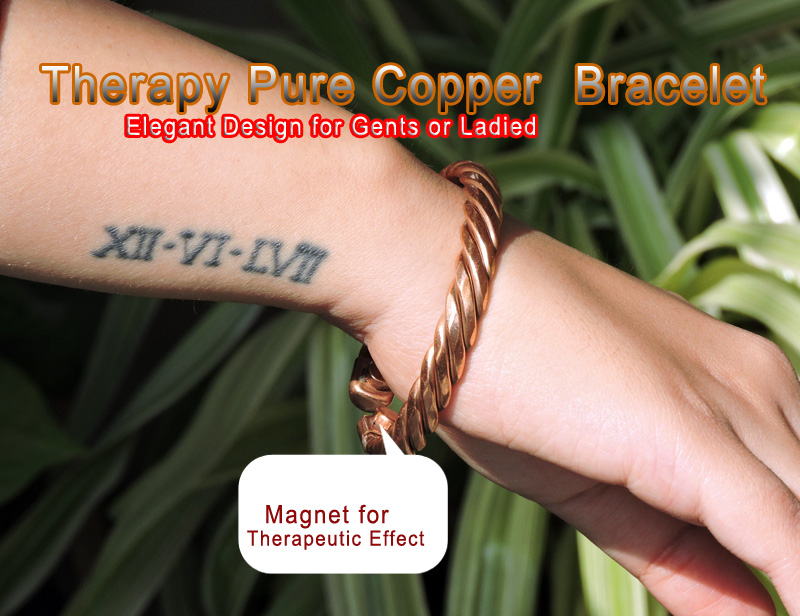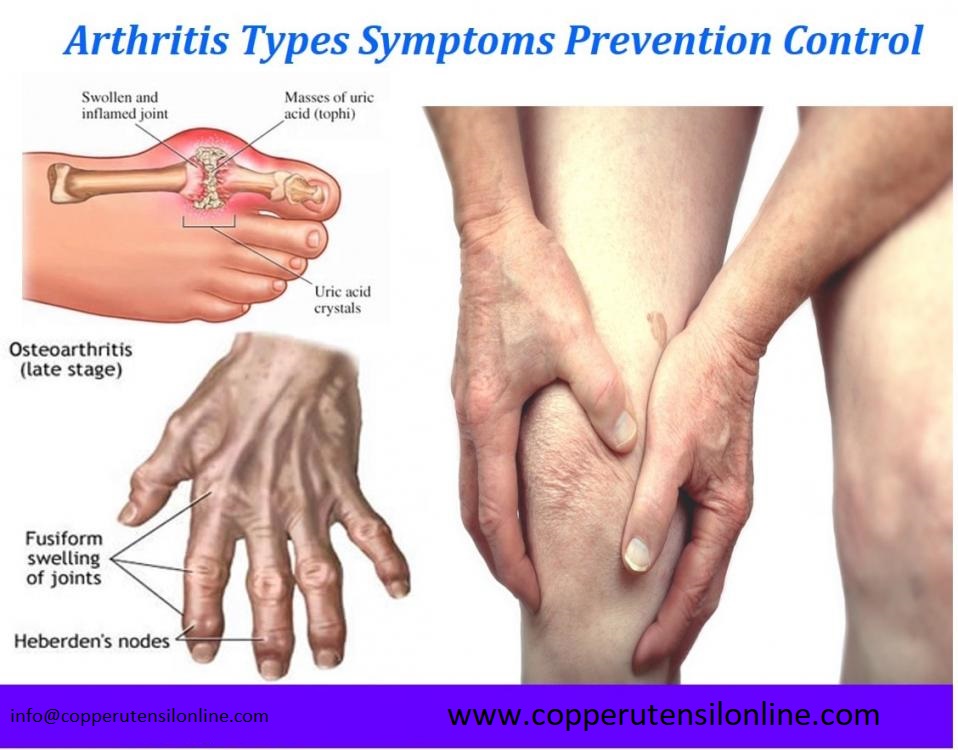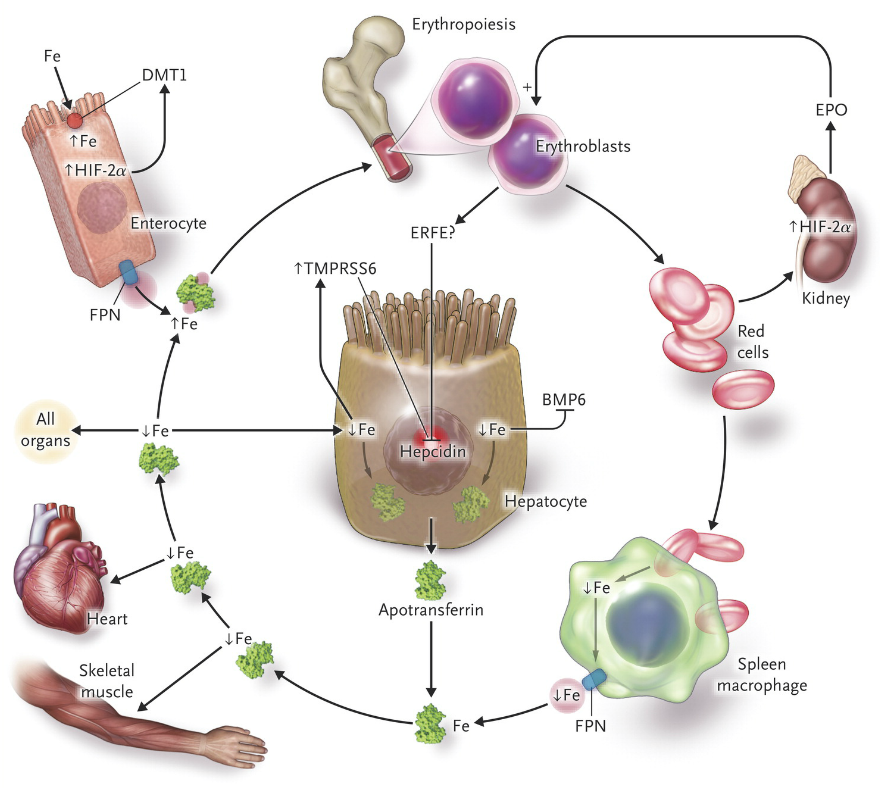For thousands of years, copper has been used for various medical purposes as mentioned in some of the earliest available records. The ancient Egyptian medical book, Smith Papyrus, suggests copper as a remedy to sterilize wounds and water for drinking. The use of copper bracelets can be traced back to the Iron Age which was around 800 BC; although it is suspected that they may have been in use even before that. This can be said because the remains of copper bracelets have been discovered during excavations and are still very popular among people. This is due to the healing properties that copper bracelets posses. Some of the common uses of copper bracelets are as follows:
Arthritis
The use of copper bracelet for relieving arthritis has been prevalent for thousands of years and is still being used by people. The use of copper bracelets for relieving aches and pains can be found documented. Not everyone agrees with the healing properties of copper and thus the debate about the same never settles. But people who have benefitted from the use of copper bracelets tell that the results are too good to ignore. In the present era, the use of copper bracelets for treating arthritis has become extremely popular especially after a series of scientific studies. Copper is known for its anti-inflammatory and antioxidant properties both of which are meant to combat joint pain and allow the sufferer to walk and move freely.
Iron deficiency and anemia
A large proportion of the world population, especially women, are suffering from iron deficiency. As a result of which anemia is becoming an increasingly common illness faced by many people. Iron deficiency is the major cause of anemia all over the world. The common symptoms of iron deficiency and anemia are fatigue, restricted growth, failing efforts to regulate the body temperature and hampered immune function. Copper bracelets are a great alternative to traditional medicines and supplements used to support those with iron deficiency. The bracelets work through the process of transdermal micronutrition with copper being absorbed into the skin. Research suggests that absorbing these nutrients through the skin is much better as compared to oral supplements and injections, and also has lesser side effects.
Cardiovascular diseases
Copper deficiency has been found to have a negative impact on the cardiovascular system as people with very low copper levels are suspected to have an increased risk of cardiovascular disease as compared to people who have normal copper levels. Research has suggested that low copper level is linked to an increased risk of heart-related problems. Strong links have been found between the use of copper bracelets and a reduction in blood pressure. This coupled with a wholesome diet and regular exercise may help with reducing the risk of cardiovascular diseases.




